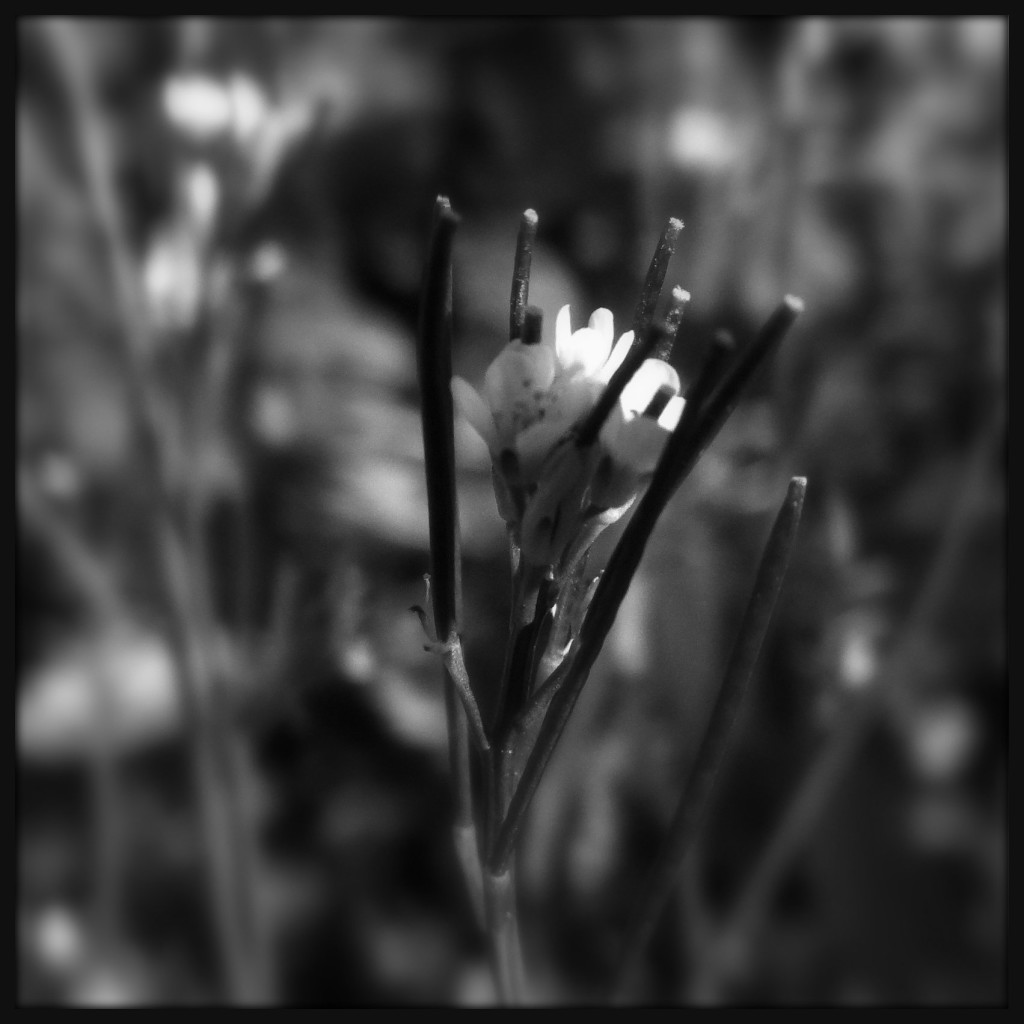 It is mid-March, and ruderals, Spring’s harbingers, can be seen blooming along the roadsides. Ruderals are plants that inhabit “disturbed ground” such as garden beds, lawns, and roadsides. They live a hardscrabble life on the margin, surviving despite passing feet, lawnmowers, and even herbicides. The most common ruderal (nearly always in bloom) is the dandelion. But there are many others, far less conspicuous.
It is mid-March, and ruderals, Spring’s harbingers, can be seen blooming along the roadsides. Ruderals are plants that inhabit “disturbed ground” such as garden beds, lawns, and roadsides. They live a hardscrabble life on the margin, surviving despite passing feet, lawnmowers, and even herbicides. The most common ruderal (nearly always in bloom) is the dandelion. But there are many others, far less conspicuous.
Just beyond the road’s edge can be seen tiny four-petaled bluish-purple blooms with bright yellow centers. In places a few flower heads that barely rise above the grass while elsewhere, clusters turn the verge almost blue. They are bluets (Houstonia caerulea), natives that are common across most of the United States. They have a vibrant color and delicate form, but no scent or folk use, except for bluet root tea, supposedly used by the Cherokee to treat bedwetting.
Nearby are slender stalks of hoary bittercress (Cardamine hirsuta). A Eurasian winter annual, this hardy immigrant goes by many names, including lamb’s cress, land cress, shotweed, and snapweed. It keeps its leaves close to the ground, sending up wiry stems topped by minute white flowers. How the “bitter” got into its name is not clear, unless it refers to gardeners’ attitudes about it. Although considered a “noxious weed” for taking over lawns and gardens, it is a tasty salad green, slightly peppery in flavor.
A short distance away lies a roadbank that was doused with herbicides late last summer. Already it is covered with new growth: slender green vines with small oval leaves, topped by white flowers. Each flower appears at first glance to have ten petals, but actually has only five, each cleft deeply in two. This Eurasian ruderal may be the world‘s most abundant weed. Sometimes called common chickweed (Stellaria media), it has many other names like starweed, starwort, winterweed, stichwort, and chickwhirtles. It blooms nearly year-round, pollinated by bees and moths. Chickens and small mammals eat the young leaves, while sparrows and finches devour the seeds. Like hairy bittercress, it can be added to salads, and can also be used to treat obesity.
Spring is coming, and the woodland paths will soon be edged with native wildflowers such as round-lobed hepatica (Hepatica americana) and bloodroot (Sanguinaria canadensis). But for now, while the forest rests in the quiet of late winter, the change of seasons can be found instead along Georgia’s roadsides, during this Ruderal Spring.
This article was originally published on March 18, 2010.



 It is mid-March, and ruderals, Spring’s harbingers, can be seen blooming along the roadsides. Ruderals are plants that inhabit “disturbed ground” such as garden beds, lawns, and roadsides. They live a hardscrabble life on the margin, surviving despite passing feet, lawnmowers, and even herbicides. The most common ruderal (nearly always in bloom) is the dandelion. But there are many others, far less conspicuous.
It is mid-March, and ruderals, Spring’s harbingers, can be seen blooming along the roadsides. Ruderals are plants that inhabit “disturbed ground” such as garden beds, lawns, and roadsides. They live a hardscrabble life on the margin, surviving despite passing feet, lawnmowers, and even herbicides. The most common ruderal (nearly always in bloom) is the dandelion. But there are many others, far less conspicuous.